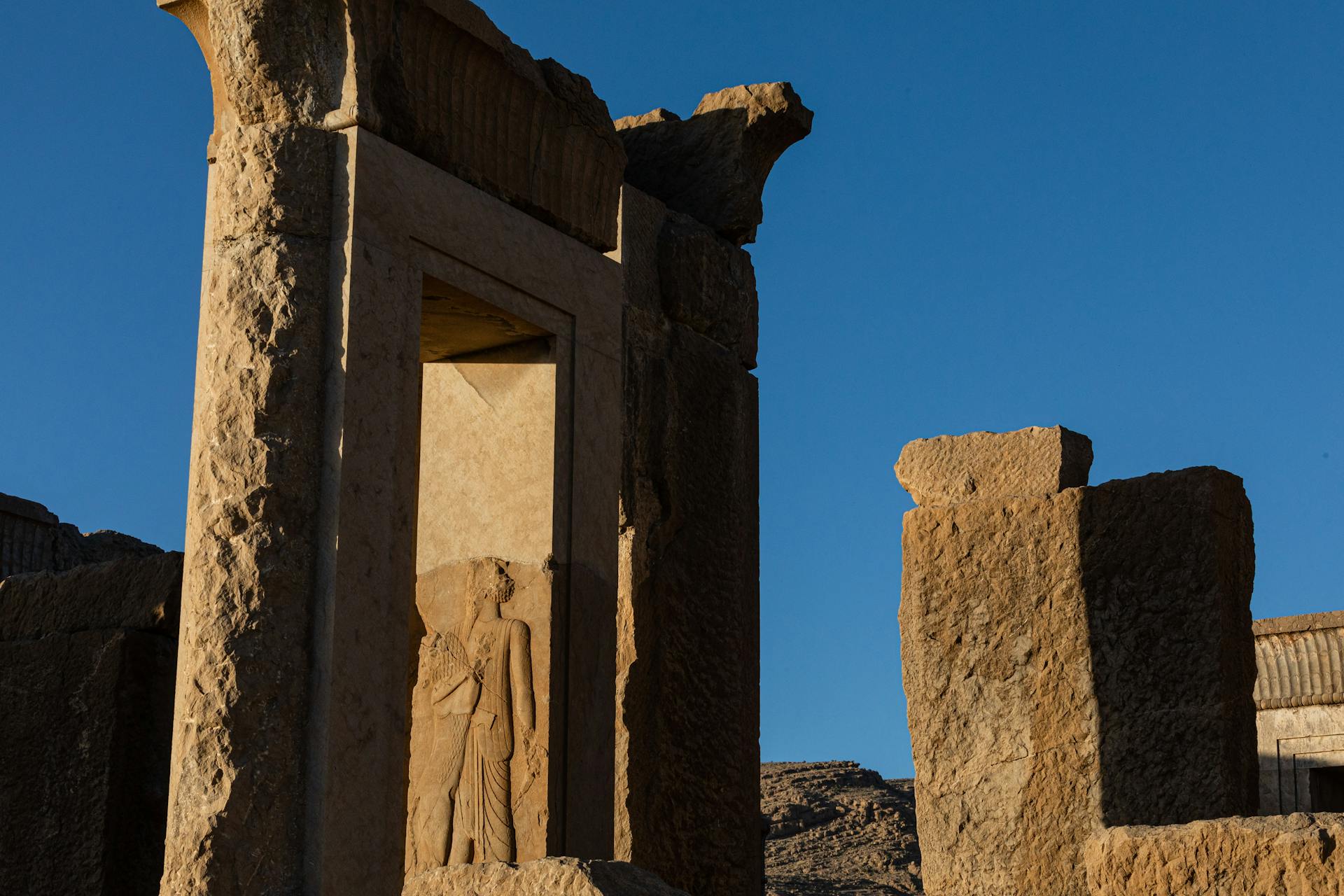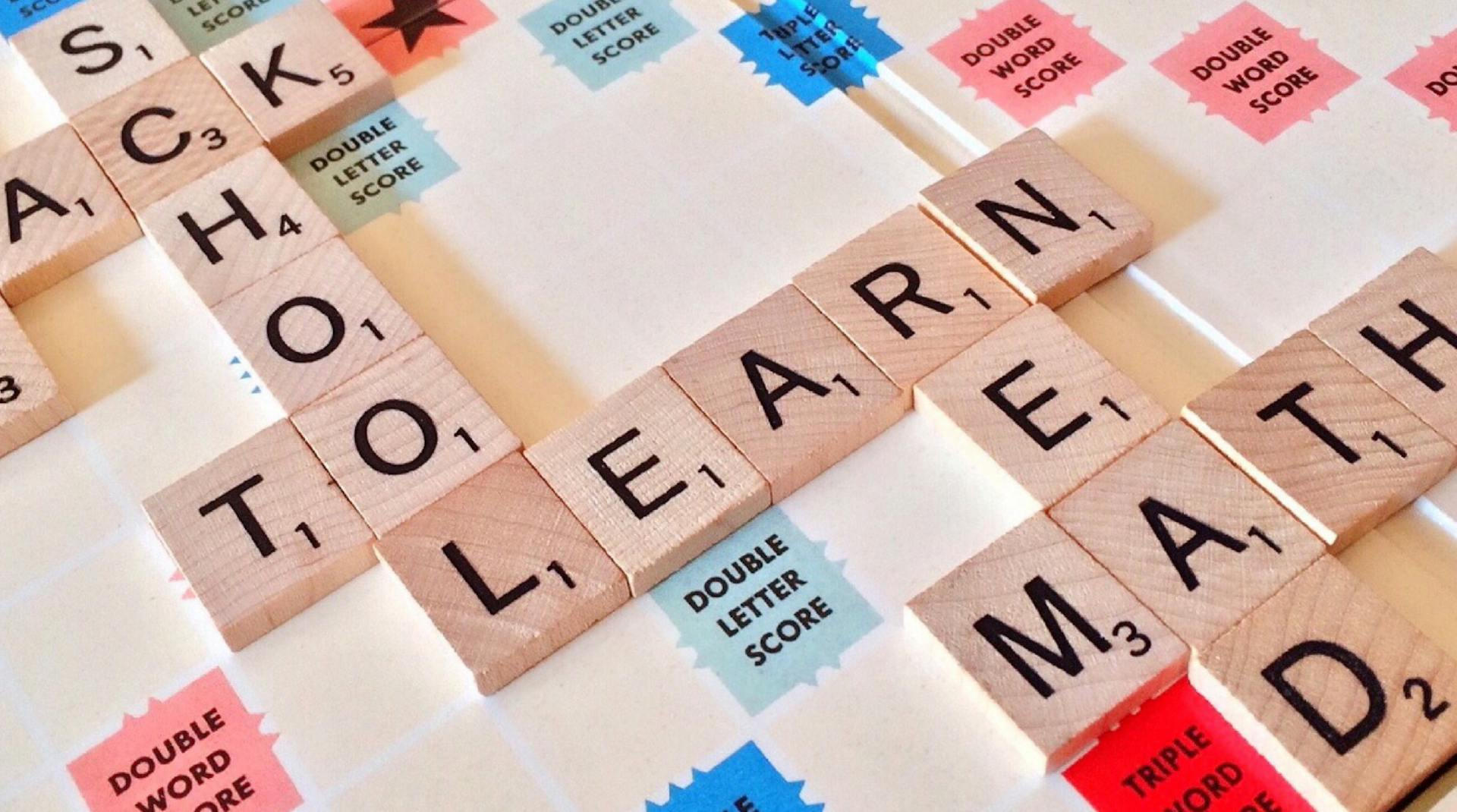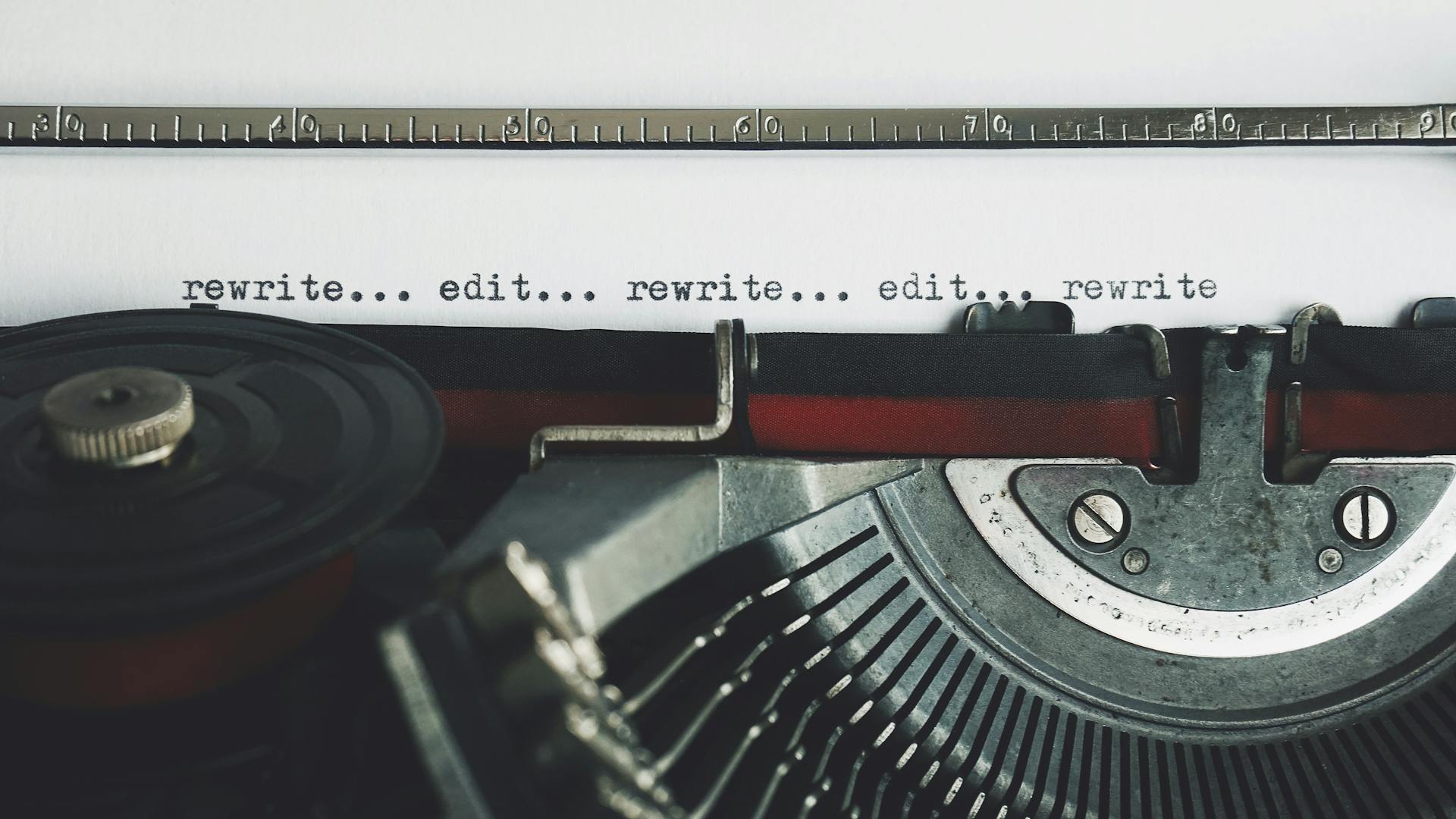
The writing systems of Persian represent one of the major aspects of this multi-layered multicultural language. With a long history and numerous communities, Persian has historically employed several scripts, each reflecting unique cultural traits. From ancient scripts like Pahlavi to modern adaptations like the Tajikistan Cyrillic Persian alphabet, these different writing systems have shaped the way we understand and communicate in Persian.
Persian represents an intricate tapestry of culture and language, with each script telling a unique story about its evolution over time. As such, understanding these writing systems is essential to unlocking the richness and complexity of this fascinating language. In this article, we will explore the various writing systems that have been used throughout Persian's history, examining how they have adapted and evolved over time to meet the needs of different communities. So let's dive into the fascinating world of Persian writing systems and uncover their many secrets!
Additional reading: Conversational Level in a Language
Tajikistan Adapts to the Use of Cyrillic Persian Alphabet
Tajikistan, a country located in Central Asia, has had an interesting journey with its writing system. In the late 1930s, the Soviet Union introduced the Cyrillic script to Tajikistan to replace the Perso-Arabic alphabet that was used for writing in Persian. Despite Tajik nationalism and efforts to revert to the Persian alphabet, the Cyrillic script remained as the state language's writing system.
However, in 1993, there was a gradual reintroduction of the Persian alphabet into public life. The Islamic Renaissance Party played a significant role in this process. This movement slowed down adoption of the "state-language law" that had reverted Tajik back to simply being called "Tajik." Today, while both scripts are still used in a small part of Tajikistan, the Persian alphabet is becoming increasingly popular and is de facto standard for writing the Persian language, also known as Farsi.
Recommended read: English Descriptive Writing
Persian Language Summer School (4-8 weeks)
Are you interested in learning Persian? If you are, then a Persian Language Summer School running from Jul 03 2022 to Aug 27 2022 in Yerevan, Armenia is the perfect way to start. The program will teach you the basic things about the language including its different writing systems.
The Persian script may seem a bit strange at first, but once you get used to it, it's not that difficult. There are three scripts used for writing Persian: the Persian script, which is written from right to left; the Latin script, which is used mainly for transcribing proper names and ordinary nouns; and the Luwian script, which is also written from right to left and can be left interchangeably with cursive script.
The fourth important thing to learn about writing Persian is how to form combinations using capital letters, proper names, and short vowels. In order to read Persian words letter by letter, you need to know how these letters combine with each other. For example, "gnj dl grg" reads as "ganj del," thanks to special signs that indicate how two or more letters should be pronounced together. By mastering these special signs and short vowels, you'll be able to read any Persian word effortlessly.
Curious to learn more? Check out: Language Learning Plateaus
Persian's Unnecessary Letters: A Study on Otiose Letters
Persian languages belong to the Indo-European language family, which means that they share some similarities with other languages such as Hindi, Urdu, and Kurdish. However, Persian writing system has its unique features that set it apart from other writing systems. One of these features is the otiose letters. Otiose letters are unnecessary letters that do not necessarily found in the spoken language but are used in writing to distinguish between sounds or words.
The Persian alphabet chart consists of 32 letters representing different phonemes represented in Persian. Out of these 32 letters, four have an Arabic origin and have similar phonemes to their Arabic counterparts. These four letters are: "ذ", "ظ", "ث", and "ض". Moreover, two more pairs of sounds replaced by redundant letters are "ch" and "zh". These redundant letters were added over time to make sure no word is misspelled or mispronounced.
Time keeping was one reason why Persian alphabet generally had more redundant letters than Arabic script from which it originated. The existing 28 original Arabic characters were not sufficient for writing all the sounds of Persian language accurately. Therefore, new characters had to be added to represent similar phonemes or distinguish between words with different meanings. While some argue that these extra letters make learning Persian harder than necessary, others find them useful in preserving the beauty and uniqueness of the language's written form.
Additional reading: Writing Letters in English
Discovering the Ancient Persian Scripts Prior to Islam

In our previous article, we discussed the importance of the Persian language and its long 2500-year long history. Now let's delve deeper into the writing systems of Persian. The ancient Persian scripts were used before Islam and have evolved over time to what we know today as the Arabic script.
The earliest form of Persian writing was known as Old Persian, which dates back to around 525 BCE. It was followed by Middle Persian, also known as Pahlavi script, which was used from 3rd century CE to 7th century CE. Both of these scripts were written in a version of Aramaic script, which eventually gave way to the Arabic script Persians use today. Despite this evolution, there are still several literary monuments that were written in these ancient scripts that provide us with insight into the language and culture of ancient Persia.
1. The Old Persian script
The Persian script has a long and fascinating history. It is believed to have originated from the cuneiform script, which was used in ancient Mesopotamia. The word cuneiform simply means wedge, which refers to the wedge-shaped figures that make up the characters of this writing system. The Persian script evolved from older Mesopotamian cuneiform scripts and was used by important Achaemenid kings to record their achievements. One of the most famous examples of this script is found on the long inscription at Mt Behistun, where more than 1,200 lines of writing were carved into a rock face.
The Persian script consists of 38 characters representing letters, as well as a dozen ideograms and numerical signs. Each sign represents a separate sound or concept and is written using a combination of basic principles. Unlike other scripts such as Latin cunei (wedge), each character in the Persian script represents a whole syllable rather than an individual letter. This makes it easier to write and read for those who are familiar with its characters. With its rich history and unique features, it's easy to see why the Persian script has played such an important role in shaping modern-day Iran's culture and identity.
The Evolution of Farsi Writing in the 20th Century
Persian-speaking nations Iran and Afghanistan have a rich literary heritage accumulated over a thousand years. However, the Arabic script presents a challenge due to its difficult nature. Short vowels were often omitted, causing confusion in reading and writing texts. In the early 20th century, alphabet reform was proposed by Iranian intellectuals such as Mirza Fath Ali Akhundzadeh and Mirza Malkom Khan to considerably facilitate reading and writing.
The main reason for alphabet reforms was cultural backwardness due to Islamic nations' use of Arabic script. Unlike Turkey, Iran didn't risk losing its literary past but faced imminent danger of a literary catastrophe if drastic alphabet reforms weren't made. Heated debates arose amongst Iranian intellectuals, with Malkom Khan's proposal being favored over others. Consequently, alphabet reforms continued throughout the 20th century, eventually leading to the adoption of Persian-script.
Malkom Khan's proposal proved successful because it didn't disregard the rich literary heritage accumulated over a thousand years. The main factor that contributed to this success was that Persian-script maintained the visual appearance of Arabic-script without causing confusion in reading or writing texts. Thus, resolving the issue at hand without sacrificing their cultural identity or history.
Discover fascinating Special Signs in the Persian Alphabet

The Persian alphabet is one of the oldest writing systems in the world. It consists of 32 ordinary letters and several special signs that represent unwritten short vowels. Short vowels happen to be an essential part of the language, but they are not written in ordinary texts intended for the average Persian reader. However, these signs are generally utilized in newspapers, novels, and other texts intended for beginner-level students.
The letter Alef is situated side by side with a Greek diaeresis which looks like two dots on top. This simple sign found only in European-origin words pronounced Moalef or Teori. It means "to bring together" or "to gather." In words that have Mulef at the end of them, it becomes an adverbial form meaning strongly, intensely or gravely.
One fascinating special sign discussed here is Hamze. This sign has an Arabic origin and functions differently depending on where it appears in a word. When situated at the beginning of a word or after another consonant, it's pronounced -ye as in Khodaye (God), while when located at any other position within a word, it's pronounced as a transitional pause, similar to glottal stop (-an).
Learn the Persian alphabet!
Learning Persian is an exciting and rewarding journey, but mastering the Persian alphabet is an unavoidable condition. As a language geek, I highly recommend paying proper attention to this aspect of the language from the beginning. Whether you are planning to take Persian courses or study on your own, starting with the basics will save you time and effort in the long run.
The Persian alphabet belongs to the Eastern-type alphabets family and consists of 32 letters. Although it might seem daunting at first, facing difficulties while learning a new language is a regrettable reality that every learner must overcome. However, understanding the basic principles behind each letter's pronunciation will help you grasp its sounds more easily.
To put it simply, learning to read and write in Persian requires memorizing the shapes and sounds of its letters. Each letter has a distinct form that changes slightly depending on its position within a word. However, don't forget that some letters have slight differences in shape when written in different fonts or styles. Therefore, taking your time to practice handwriting and recognizing different variations of Persian alphabets will make all the difference in your journey towards mastering this beautiful language!
Here's an interesting read: Difficulties in Learning English
Discovering the Fascinating Features of the Farsi Alphabet
The Persian alphabet is a writing system used for the Persian language, which consists of 32 letters. One of the unique features of this alphabet is that it is written from right to left, unlike most other languages in the world. The Persian alphabet chart shows all 32 letters in their different forms, including initial, medial, and final versions.
Another interesting characteristic of the Persian alphabet is that some letters can be joined together to form ligatures, which are combinations of two or more letters written as a single unit. For example, when the letters "alef" and "lam" are combined, they create a new letter called "alif-lam," which has its own sound and meaning. This feature adds depth and complexity to the Persian language and makes it a fascinating subject for study.
Frequently Asked Questions
In Persian a Persian script a a Curs a letter Letter a script?
Yes, Persian uses a Persian script which is also known as the Farsi script or the Perso-Arabic script. It is written from right to left and includes 32 letters and additional diacritic marks to represent vowels.
What is the Old Persian written language?
Old Persian written language was used in the ancient Persian Empire and is one of the oldest known Iranian languages. It was written using cuneiform script and is an important source for understanding the history and culture of the Persian Empire.
Which dynasty adopted the Arabic script for writing Persian?
The Persian Samanid dynasty adopted the Arabic script for writing Persian in the 9th century.
What to know about the Persian alphabet?
The Persian alphabet is an adaptation of the Arabic script and consists of 32 letters, written from right to left. It does not have distinct capital and lowercase letters but uses different forms of the same letter for initial, medial, and final positions.
Featured Images: pexels.com

